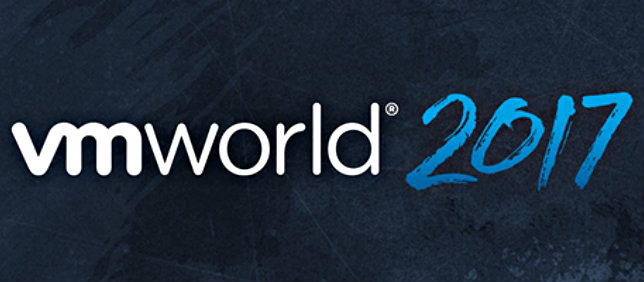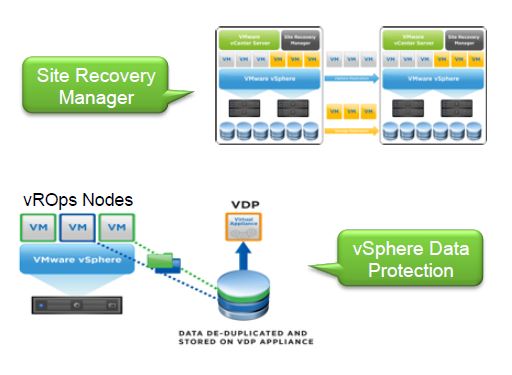Srm
 Written by Simon Eady
on 12/9/2017
Written by Simon Eady
on 12/9/2017 Sunday
Sunday
Arriving in early on Sunday as the local flight choices are more limited from Bristol than perhaps a larger Airport, very fortunate to have a hotel so close to the VMworld venue, perhaps not so great for the evening activities but I am happy with it this way around.
Other than registration (4pm-8pm) and hopefully catching up with a few folk who have also arrived early.
In the evening I had the pleasure to meet many awesome people from the vCommunity.
 Written by Simon Eady
on 10/9/2015
Written by Simon Eady
on 10/9/2015 So vROps 6.1 has gone GA!
So vROps 6.1 has gone GA!
What have the guys at VMware added? I have listed what I consider the hi-lights below
The maximum of 8 nodes has been doubled to 16!
SSO integration has been added (requires vSphere 6.0)
**Support for SRM has been added
 **
**
vRealize Hyperic functionality has been added
With the addition of End Point Operations Management, the value of vRealize Hyperic functionality has been extended to the vRealize Operations Manager core product, without the need to deploy vRealize Hyperic
 Written by Sam McGeown
on 23/7/2014
Written by Sam McGeown
on 23/7/2014Quick post to cover a fix for installing the VNXe SRA when you encounter the below error:
Failed to load SRA from ‘C:/Program Files/VMware/VMware vCenter Site Recovery Manager/storage/sra/EMC VNXe SRA’. SRA command ‘queryInfo’ didn’t return a response.
The components installed (in this order) are:
- vSphere 5.5
- SRM 5.5
- UNISphere CLI 1.5.4.1.0027-1
- VNXe SRA 5.0.0
The root cause is that the system locale is EN-GB rather than EN-US, however even changing the locale does not resolve the issue. The Java installation will still try and load an en_GB module and fail. The solution is as follows:
 Written by Sam McGeown
on 6/3/2014
Written by Sam McGeown
on 6/3/2014I’ve been playing about with a compact SRM install in my lab - since I have limited resources and only one site I wanted to create a run-through for anyone learning SRM to be able to do it in their own lab too. I am creating two sites on the same IP subnet (pretend it’s a stretched LAN across two sites) and will be protecting a single, tiny Linux web server using vSphere Replication. I’m aiming to cover SAN based replication in a later post.
 Written by Sam McGeown
on 5/3/2014
Written by Sam McGeown
on 5/3/2014I’m fairly new to SRM, but even so this one seemed like a real head-scratcher! If you happen to be using CA signed certificates on your “protected site” vCenter and “recovery site” vCenter servers, when you come to linking the two SRM sites you encounter SSLHandShake errors – basically SRM assumes you want to use certificates for authentication because you’re using signed certificates. If you use the default self-signed certificates, SRM will default to using password authentication (see SRM Authentication). Where the process fails is during the “configure connection” stage, if either one of your vCenter servers does not have CA signed and the other does (throws an error that they are using different authentication methods) or that you are using self-signed certificates for either SRM installation (throws an error that the certificate or CA could not be trusted).
